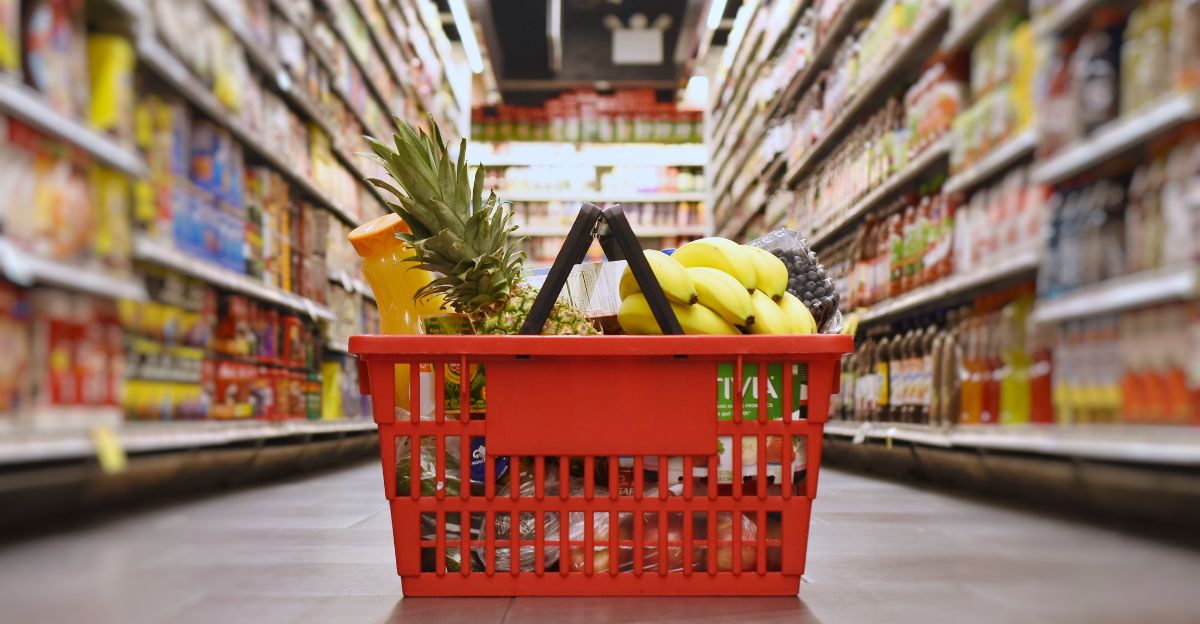
The topic of recent tariff increases has been a sore spot for quite some time. For years, President Donald Trump and his administration insisted that tariffs imposed on foreign goods would be paid by other countries, not by Americans.
However, recent statements from administration officials and major retailers have quietly shifted that narrative, acknowledging what economists and shoppers have long suspected: tariffs function as a tax on imports, and much of that cost is ultimately passed on to American consumers through higher prices at the checkout.
Who Pays and How?

Although the importer officially pays tariffs, the true financial burden is more complex and often falls on American consumers. These costs rarely remain with the importer. Businesses frequently pass the added expense down the supply chain, resulting in higher prices for wholesalers, retailers, and consumers at the checkout counter.
Over time, the cumulative effect of tariffs acts as a regressive tax, disproportionately impacting lower-income households, who spend a larger share of their income on affected goods.
Impact on Everyday Goods

When tariffs are imposed on imported products, companies that bring these goods into the U.S. often pass the additional costs along the supply chain, resulting in higher prices at the checkout for consumers. To give you an idea, a recent tariff on Mexican tomatoes is expected to raise prices by 40–50%, while new cars could become as much as $6,000 more expensive due to increased levies on imported vehicles and parts.
“It is going to affect everything in the economy,” said Josh Stillwagon, an associate professor of economics at Babson College. “There’s this immediate price increase that’s going to be passed on to consumers here, basically as soon as the retailers have to buy a new product.”
Treasury Secretary’s Admission

Treasury Secretary Scott Bessent has publicly acknowledged that American consumers will bear some of the costs resulting from the new tariffs. During recent interviews, Bessent conceded that while major retailers like Walmart might absorb some of the tariff expenses, they would inevitably pass some of those costs on to shoppers through higher prices.
This admission came after Walmart’s CEO openly stated that the company could not fully absorb the increased costs due to narrow retail margins, making higher consumer prices unavoidable.
Presidential Pushback on Price Hikes

President Trump has taken a highly public stance against major retailers and manufacturers that warn of price increases linked to tariffs. He has repeatedly asserted that companies like Walmart and Mattel should “eat the tariffs” rather than pass additional costs on to consumers. He has also repeatedly asserted that these corporations, with their substantial profits, should absorb the financial impact of tariffs instead of raising prices.
“Walmart should stop trying to blame Tariffs as the reason for raising prices throughout the chain,” wrote Trump in a post on Truth Social. “Between Walmart and China, they should, as is said, ‘eat the tariffs,’ and not charge valued customers anything.”
Households Hit Hard

These tariff increases will have a major impact on most U.S. households. Analyses from multiple independent institutions estimate that the average U.S. household will pay between $3,800 and $4,900 more per year as a direct result of tariffs imposed in 2025, with some estimates reaching nearly $5,000 when accounting for both U.S. tariffs and foreign retaliation.
The burden is hefty for lower-income families, who spend a larger share of their income on essentials most affected by tariffs; annual losses for households at the bottom of the income distribution can reach $2,200 or more. “Companies utilizing tariffed goods in their production processes might also increase prices for their end products. For instance, tariffs on steel could lead to higher costs for automobiles, heavy machinery, and other items reliant on steel,” said Madison’s Cox from the University of Wisconsin.
Indirect Effects That Are Beyond a Price Increase

These increases impact families far beyond paying more for goods; they affect families in far worse ways. When tariffs drive up the cost of imported goods, domestic producers often seize the opportunity to raise their prices, a phenomenon known as the “price umbrella effect,” further amplifying consumer inflationary pressures. Market volatility and uncertainty caused by tariff policies can also cause consumers and businesses to stop making major purchases, impacting industries like advertising, warehousing, and consulting.
“It’s not just the price aspect and purchasing power decreasing,” said Gustavo Flores-Macías, a professor of government and public policy at Cornell University. “As tariffs start to work their way through the economy …. low-income families’ jobs often will be the first to go. And those sectors of the population are most vulnerable.”
Stockpiling and Supply Chain Strain

Retailers and manufacturers tried to cushion the blow by stockpiling goods before tariffs took effect. His preemptive inventory buildup, while intended to avoid immediate price hikes, has led to severe strains on supply chains and logistics networks. Warehouses and ports in key U.S. hubs have been operating at 90–95% capacity, driving up storage costs and creating bottlenecks that slow down the movement of goods.
“Businesses are already feeling the tariffs,” said Michael Strain, director of economic policy studies at the American Enterprise Institute. “The uncertainty about tariff rates has made it very difficult for businesses to plan because they do not know what their production costs will be. This has led to a slowdown in investment spending and plans for expansion and hiring.”
Political Fallout and Public Sentiment

Polls conducted in April 2025 show that up to 80% of Americans expect higher prices due to the tariffs, and 65% express concern that these policies will negatively affect their family’s finances. Historically, major tariff hikes have led to electoral losses for their architects, and current trends suggest Republicans could face significant challenges in the 2026 midterms if inflation and recession fears persist.
On the other hand, “A majority of Republicans in the United States continue to back President Trump’s economic policies, expressing willingness to accept higher prices for their perceived long-run benefits of tariffs while also showing limited worry of recession,” said Jason Husser, director of the Elon University Poll.
A Reality Check for Policymakers

The average effective tariff rate now stands at 21.9%, the highest since 1909. This has resulted in a 2.2% short-run increase in consumer prices and an average annual loss of $3,600 per household. These tariffs have not only driven up costs for American consumers but also slowed economic growth, with real GDP growth reduced by nearly a full percentage point and payroll employment down by almost 600,000 jobs.
Discover more trending stories and Follow us to keep inspiration flowing to your feed!

Craving more home and lifestyle inspiration? Hit Follow to keep the creativity flowing, and let us know your thoughts in the comments below!
